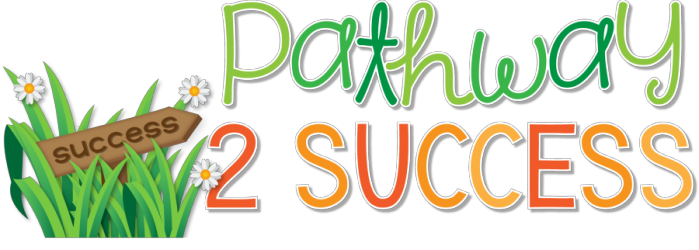It is so important to read and discuss books that highlight students with disabilities. Not only does it help students become more knowledgeable and understanding about specific needs and challenges, but it also helps kids to become more inclusive, too. All students can relate to these books in some way, supporting the overarching idea that […]
12 Basic Social Skills Kids Need
Social skills are a critical element to helping kids succeed socially, emotionally, personally, and even academically. These are the skills are the behaviors that help kids join in conversations, collaborate with peers, develop lasting friendships, self-advocate when they need help, and so much more. It would be ideal if all learners walked into classrooms equipped […]
15+ Strategies to Help Build Self-Regulation Skills
Self-regulation is a critical skill for people of all ages. It is the ability that helps us to control our behaviors to make good decisions for the long-term, rather than just doing what we want in the moment. It’s also the skill that allows us to manage our emotions when we’re feeling angry, disappointed, or […]
15 Tips for Leading a Social Skills Group
As a middle school special educator, social skills have been one of my favorite areas to teach. These skills are so important but often get left behind, especially in the upper grades. These are a number of roadblocks to teaching social skills to kids and young adults, including now having enough time, difficulty scheduling a […]
How to Create a Coping Strategies Notebook
A coping strategies binder is a resource to help calm kids and young adults who are feeling angry, anxious, sad, or stressed. Within the binder, kids add coping strategies that work best for them, such as listening to music, drawing, practicing yoga, or using positive self-talk. Those really are just a few out of many […]
10 Truths Kids with Disabilities Should Know
As a special education teacher, I see kids with all types of disabilities and learning challenges. Sometimes, we are so busy teaching and working on critical skills that we don’t spend enough time talking to kids about their actual disabilities. By starting to talk to kids about their disabilities, we can empower young learners to […]
Using Task Cards to Teach Social Problem Solving
Social problem solving is the process of figuring out how to deal with social situations and challenges. It involves understanding the situation, identifying a problem, considering solutions, and choosing the best way to handle that specific situation. While many kids and young adults figure out how to maneuver through these social challenges on their own, […]
How to Progress Monitor Goals and Objectives
As a special education teacher, I work to stay on top of my progress monitoring for the kids on my caseload. Between juggling IEP meetings, parent phone calls and emails, collaborating with regular education staff, prepping, and teaching my daily lessons, it gets challenging. This problem is even more difficult at the middle and high […]
Using Social Scripts for Autism
Social scripts, also known as stories, are one of the most effective and simple ways to provide support to kids with autism. A social script is a short narrative written in first person that discusses one problem situation. So, they come in especially handy for really any situation that comes up. Sometimes a teacher might […]












